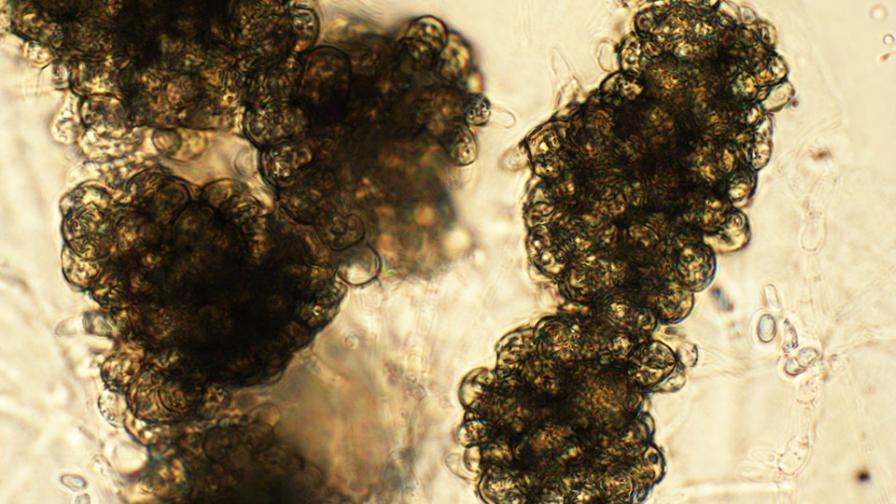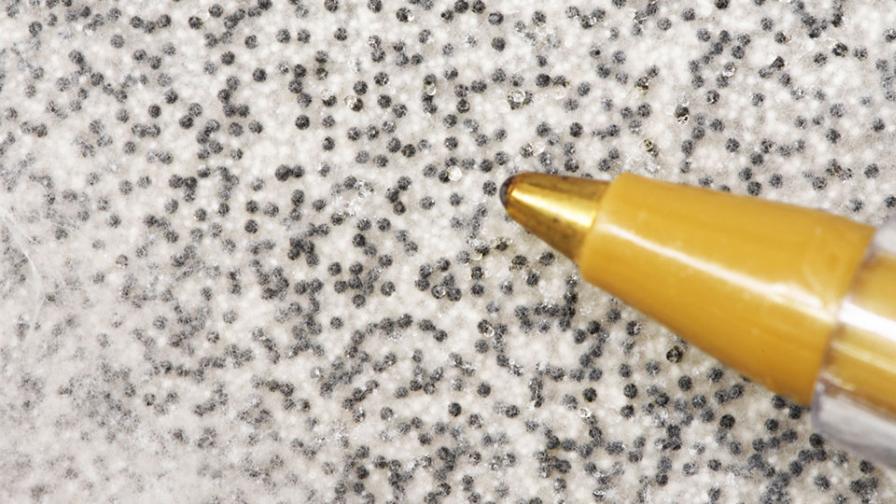Survival Strategies of Persistent Soil Pathogens
For more than two years, humanity has suffered from a persistent coronavirus that seems like it will never go away. Like many pathogens, the COVID-19 virus has a survival strategy that endows it with lasting staying power.
Some of those strategies include:
- COVID-19 is on the airborne aerosol droplets that are breathed out by infected persons; this allows the virus to be easily transmitted.
- As a virus, it is sub-microscopic in size and readily contaminates surfaces, our hands, and other objects.
- The COVID-19 human host moves around locally, nationally, and internationally, allowing the virus to hitch a ride and be distributed widely.
- The virus is not easy to detect. Questions remain about which tests to use, when to test, and how often.
- The virus is genetically malleable and can mutate into different variants (i.e., Delta and Omicron).
Turning to our crops, we see that plant pathogens likewise have developed and evolved survival strategies that endow them with lasting staying power. Plant pathogenic, soilborne fungi have been extremely successful in this regard.

Verticillium can survive in the soil for many years via microscopic, thick-walled clusters of black cells called microsclerotia.
Photo by Steven Koike, TriCal Diagnostics
Designed to Survive
All persistent soilborne pathogens form durable structures that allow them to survive in soil for extended periods. For example, Rhizoctonia species form dense, compact mats of mycelium that retard drying out.
Verticillium and Macrophomina pathogens produce thick-walled, black cells that adhere together in clusters called microsclerotia. The thick walls reduce drying and crushing of the cells, while the black pigment provides protection against damaging UV radiation. Some soilborne fungi make more elaborate structures. The southern blight fungus (Sclerotium rolfsii), white rot pathogen of garlic and onion (Sclerotium cepivorum), and the white mold fungus (Sclerotinia species) all produce a survival structure with a darkened outer rind or case, which internally is packed with fungal mycelium.
Called sclerotia, these structures vary in appearance depending on the species. They can be black or various shades of brown, perfectly spherical or irregularly oblong, and range in size from ½ inch long to less than ¹/16 inch in diameter.
Spreads Easily
Another part of the soil pathogen survival strategy is a built-in mechanism for being dispersed. Once a diseased plant is dead and disked back into the ground, the survival structures that grew on the host tissues release into the soil. Wherever this now contaminated soil is moved, the pathogen comes along, giving the fungus access to additional fields increasing its chances of survival.
Dirt and mud on tires, disks, plows, and other implements can carry significant amounts of pathogen inoculum. Flowing surface water, such as floods or irrigation runoff, can also move pathogen propagules.

The allium white rot pathogen produces tiny, durable, black sclerotia that easily move with contaminated soil.
Photo by Steven Koike, TriCal Diagnostics
Spotty Detection
Detecting soilborne pathogens can be challenging. And optimum integrated pest management approaches require knowing where and to what extent the soilborne pathogens exist.
Some fungal species make sclerotia that are large enough to find by sieving the soil using fine wire mesh to screen out soil particles and retain the fungal bodies for assessment. However, Verticillium, Macrophomina, Fusarium, and other soilborne concerns produce only microscopic structures. For these species, detection relies on laboratory culturing techniques or DNA-based molecular methods.
It is important to note that any soil test will give only an approximation of the pathogen population in the field. Irregular distribution in the field unavoidably limits pathogen detection.
Expect Mutations
Soilborne plant pathogens are subject to genetic change, giving these organisms another edge in survival. Fungi can mutate, genetically recombine, or have selected isolates favored in the field, all contributing to genetic diversity and increased opportunities to survive. As a result, diverse pathogen strains, variants, or races emerge, better able to persist in the soil and infect crops.
Understanding how soilborne pathogens survive and persist in the field helps you form appropriate integrated disease management measures. Cleaning farm equipment and other sanitation steps helps reduce spreading resilient survival structures in contaminated soil. Rotating to non-host crops reduces the numbers of sclerotia and other structures that form on host crops.
For crops that use soil fumigation in their production cycle, such treatments can reduce pathogen populations while allowing other microbiome components to re-establish, thereby maintaining microbial complexity.
Diagnostic labs offer soil tests so that growers can learn more about the inoculum levels in their fields, while researchers are developing new and improved means of detecting these persistent soil pathogens.










